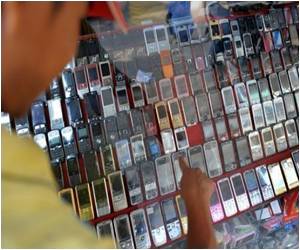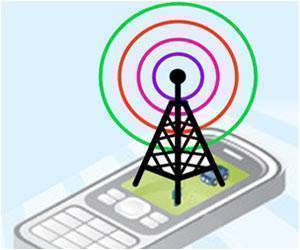Cell phones used in the shirt or pants pocket exceed FCC exposure guidelines and children absorb twice as much microwave radiation from phones as do adults, says an article on cell phone safety.

The paper''s authors include three team members at Environmental Health Trust: Devra Davis, PhD, MPH, Founder and President; L. Lloyd Morgan, Senior Science Fellow; and Ronald B. Herberman, MD, Chairman of the Board.
The existing process is based on a large man whose 40 brain tissues are assumed to be exactly the same. A far better system relies on anatomically based models of people of various ages, including pregnant women, that can determine the absorbed radiation in all tissue types, and can account for the increased absorption in children. It allows for cell phones to be certified with the most vulnerable users in mind-children-consistent with the "As Low As Reasonably Achievable" (ALARA) approach taken in setting standards for using radiological devices.
In the United States, the FCC determines maximum allowed exposures. Many countries, especially European Union members, use the "guidelines" of the International Commission on Non-Ionizing Radiation Protection (ICNIRP), a non-governmental agency.
Three additional authors contributed to the paper: Om P. Gandhi, ScD, of the Department of Electrical Engineering at the University of Utah; Alvaro Augusto de Salles, PhD, of the Electrical Engineering Department at the Federal University of Rio Grande do Sul in Brazil; and Yueh-Ying Han, PhD, of the Department of Epidemiology and Community Health at New York Medical College. Drs. Gandhi and De Salles serve on EHT''s Scientific Advisory Group.
Advertisement












